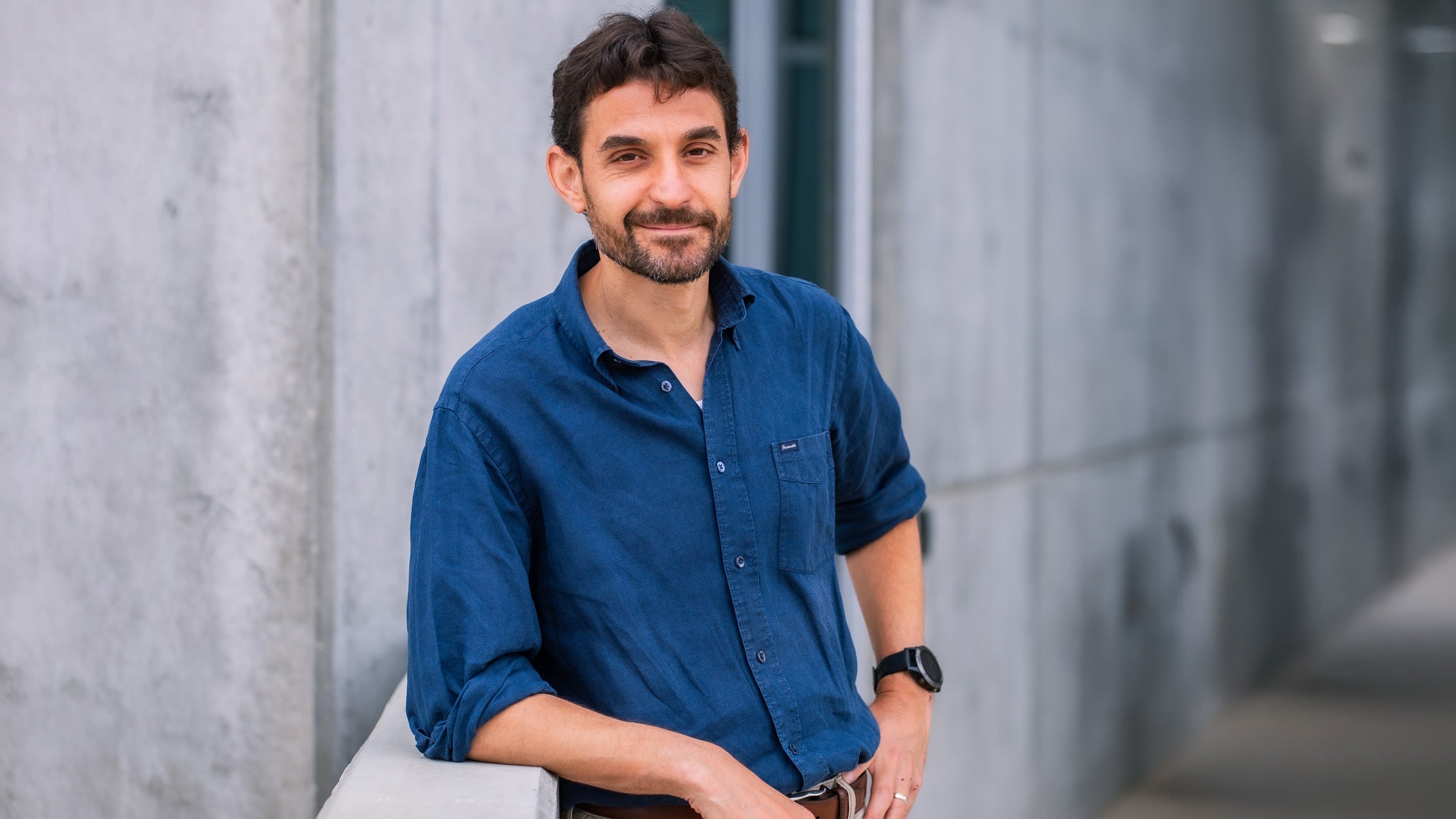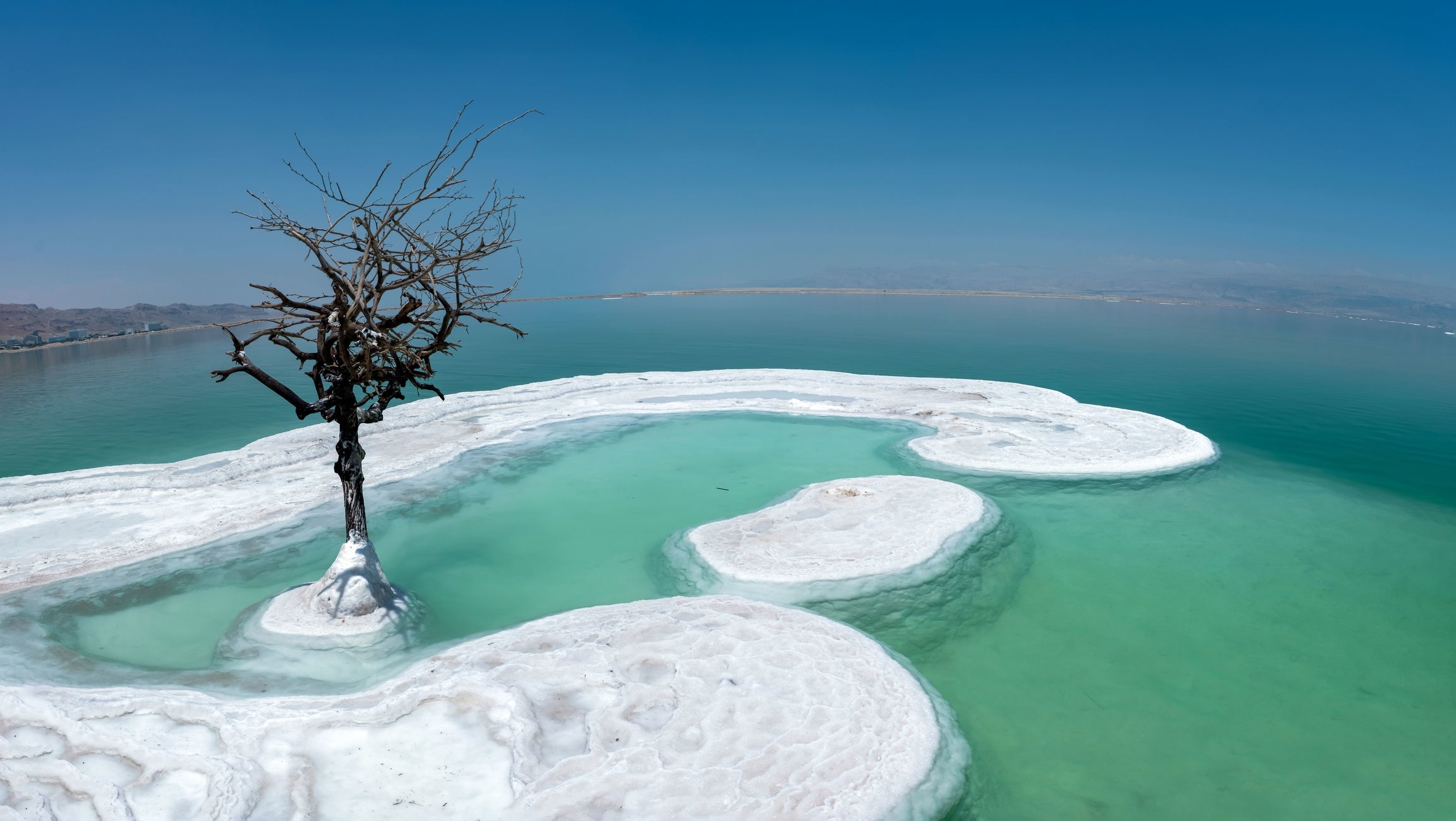What's Current in
Science + Technology
Image
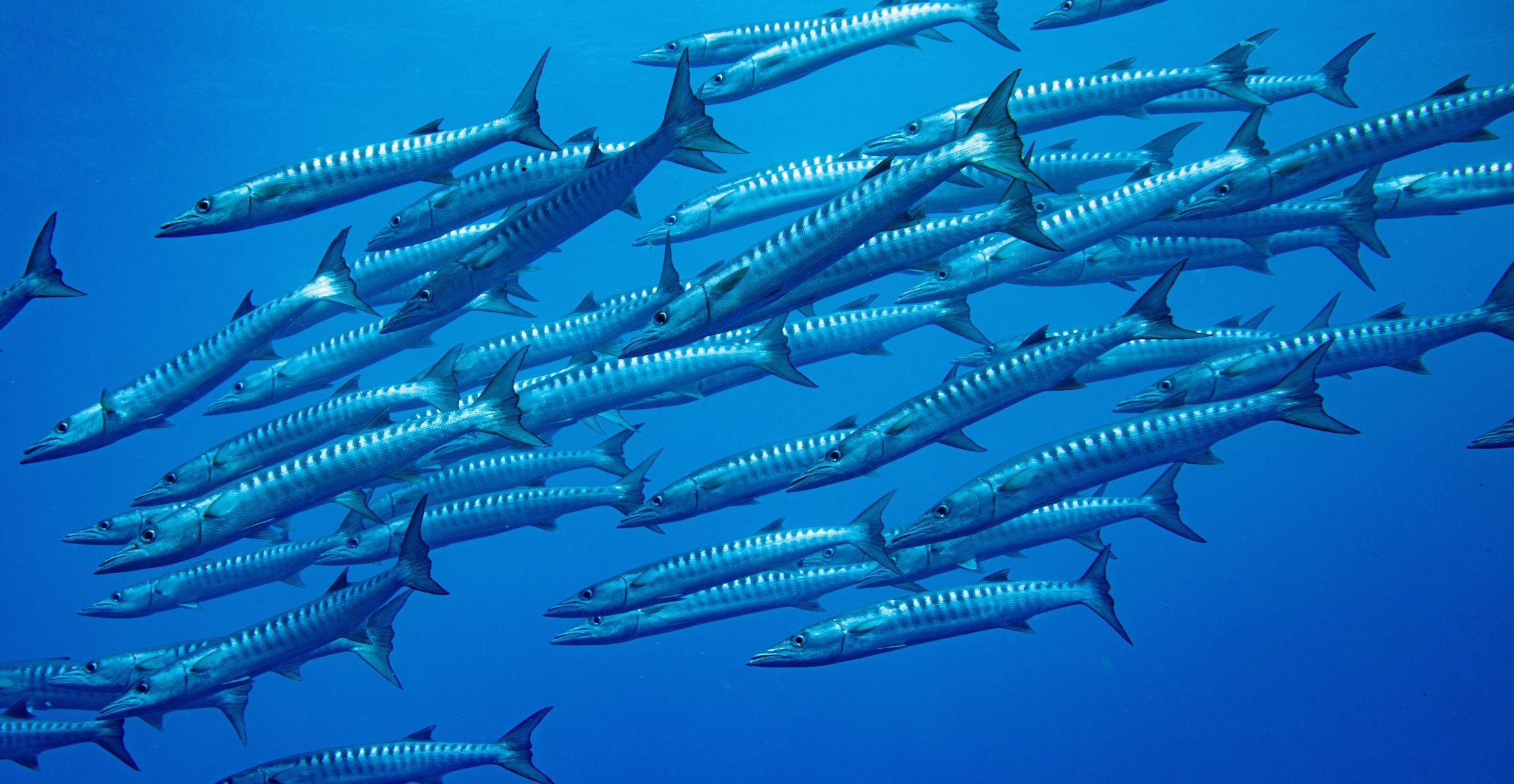
Photo Credit
University of Wisconsin–Madison
Monitoring fishing activity far from shore presents a challenge for resource management and marine conservation.
Image
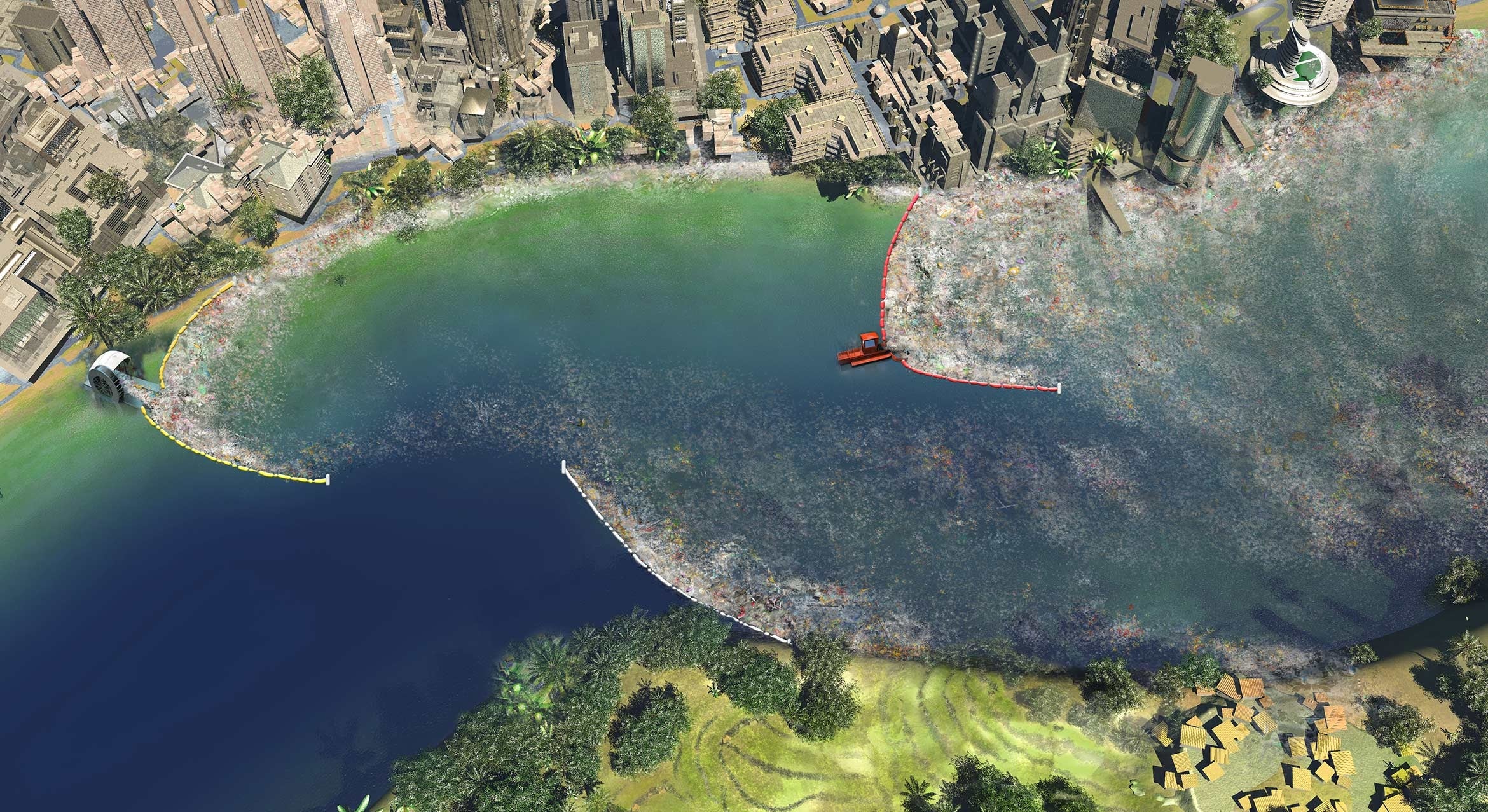
Photo Credit
Benioff Ocean Science Laboratory
A depiction of various river plastic collection technologies utilized for data collection
Image
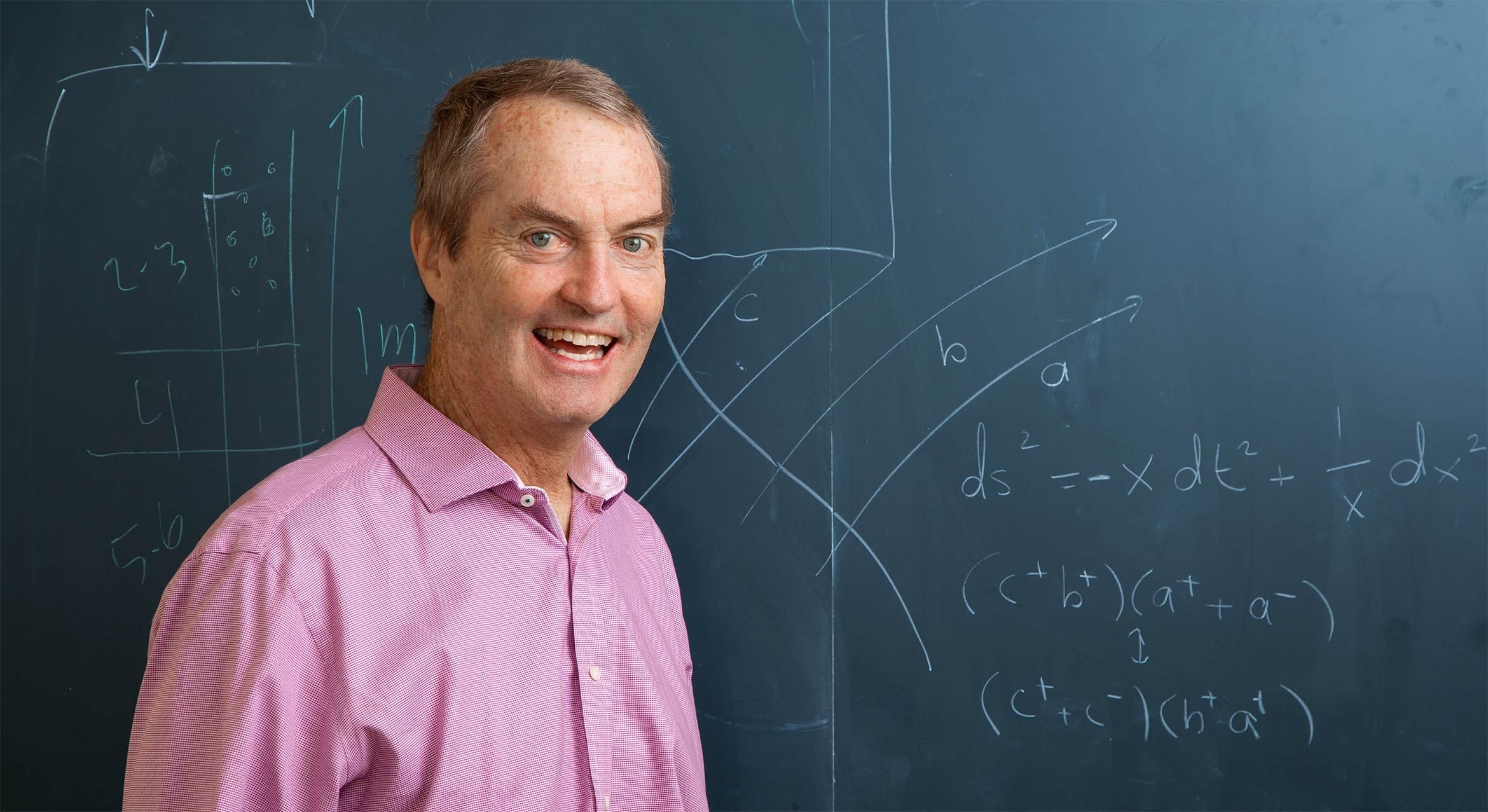
Photo Credit
Matt Perko
Joseph Polchinski at UCSB’s Kavli Institute for Theoretical Physics, where he advanced pivotal ideas in string theory and quantum gravity.
Image
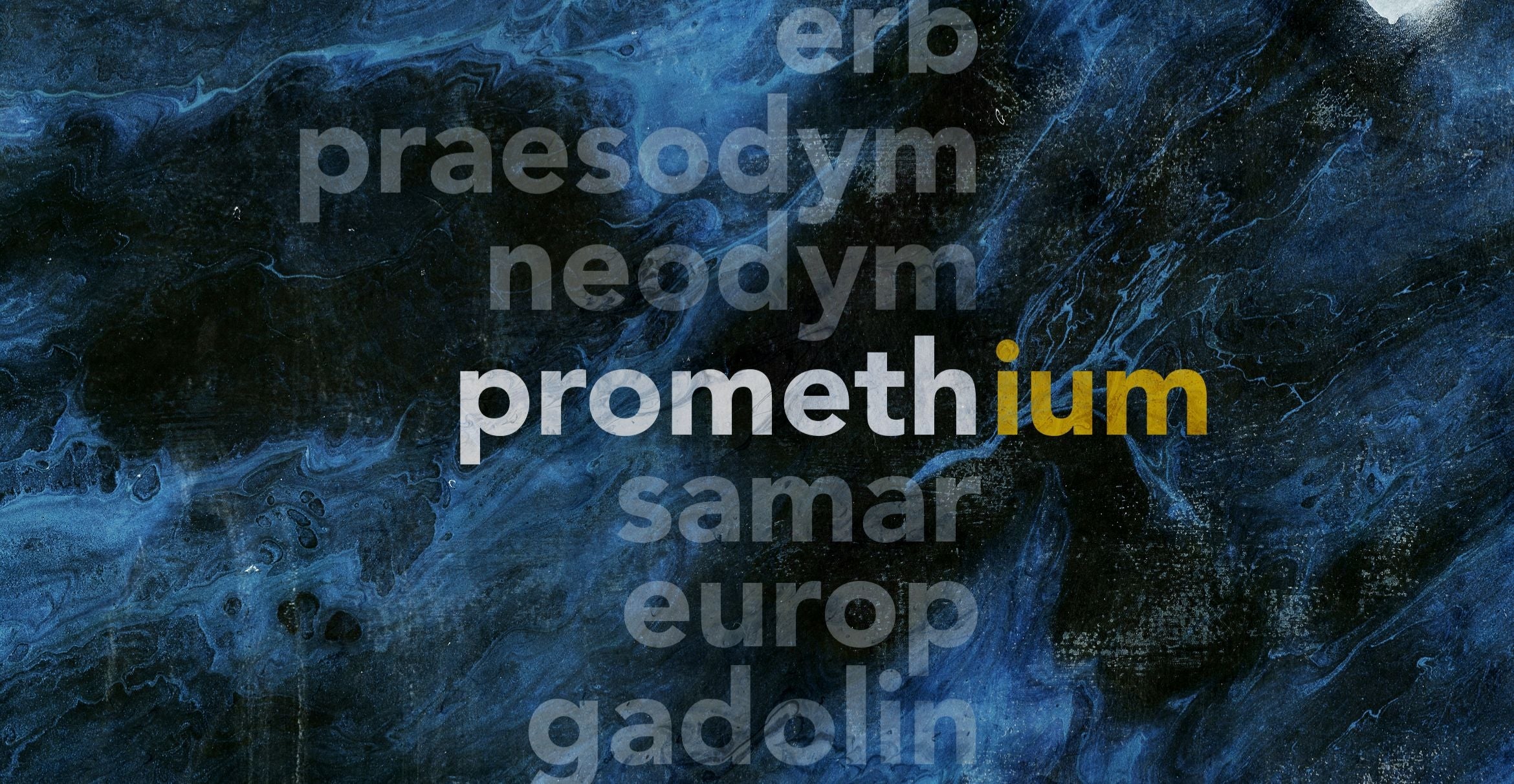
Photo Credit
Matt Perko
Image

Photo Credit
Richard McMillin via iStock
While global trends dominate environmental outcomes, decisions about recultivating or rewilding abandoned fields can influence habitat health.
Image

Photo Credit
iStock
Image

Photo Credit
iStock
Image
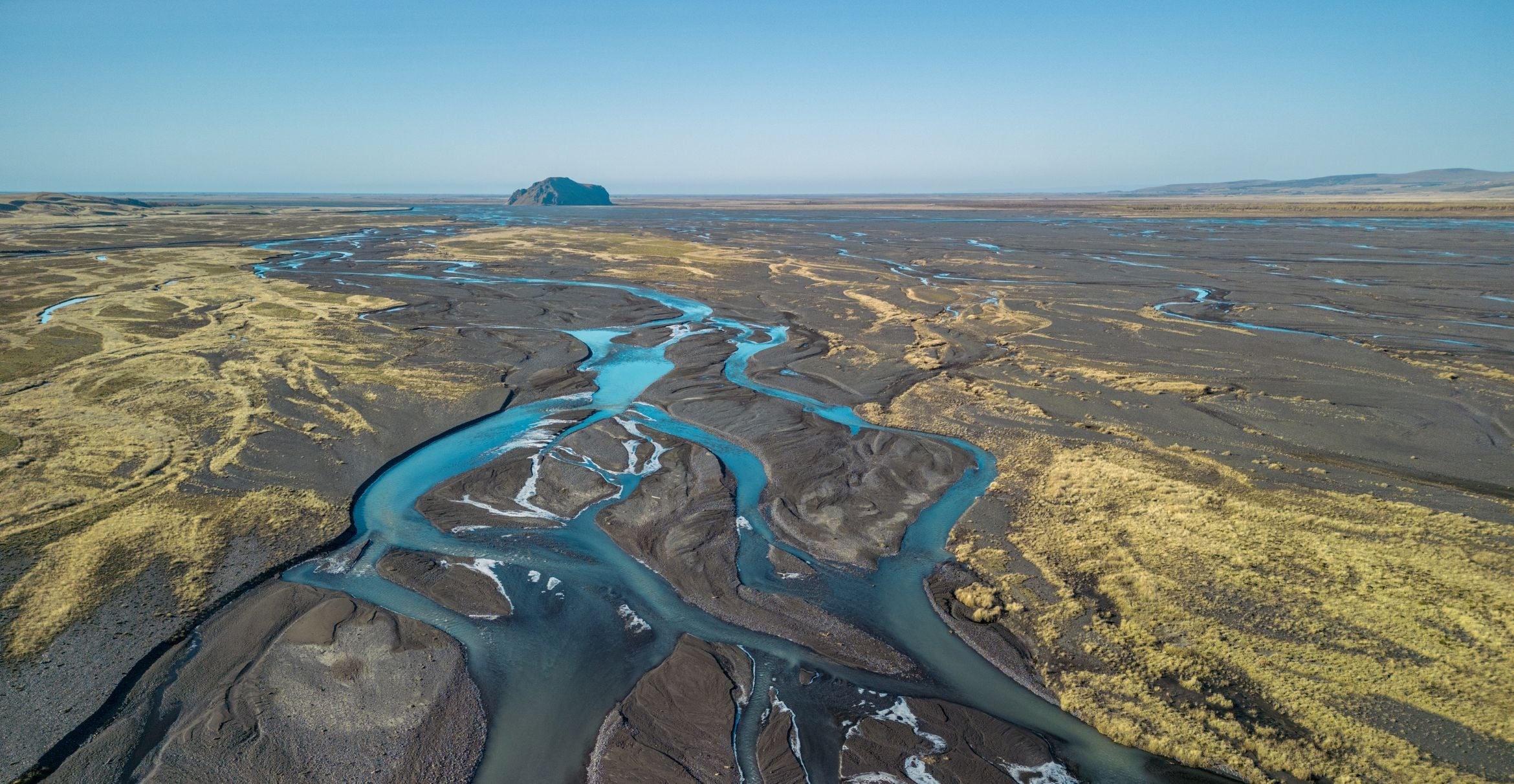
Photo Credit
Luca Ronchi via iStock
Multi-channel rivers predominate in Iceland’s easily eroded volcanic soil.
